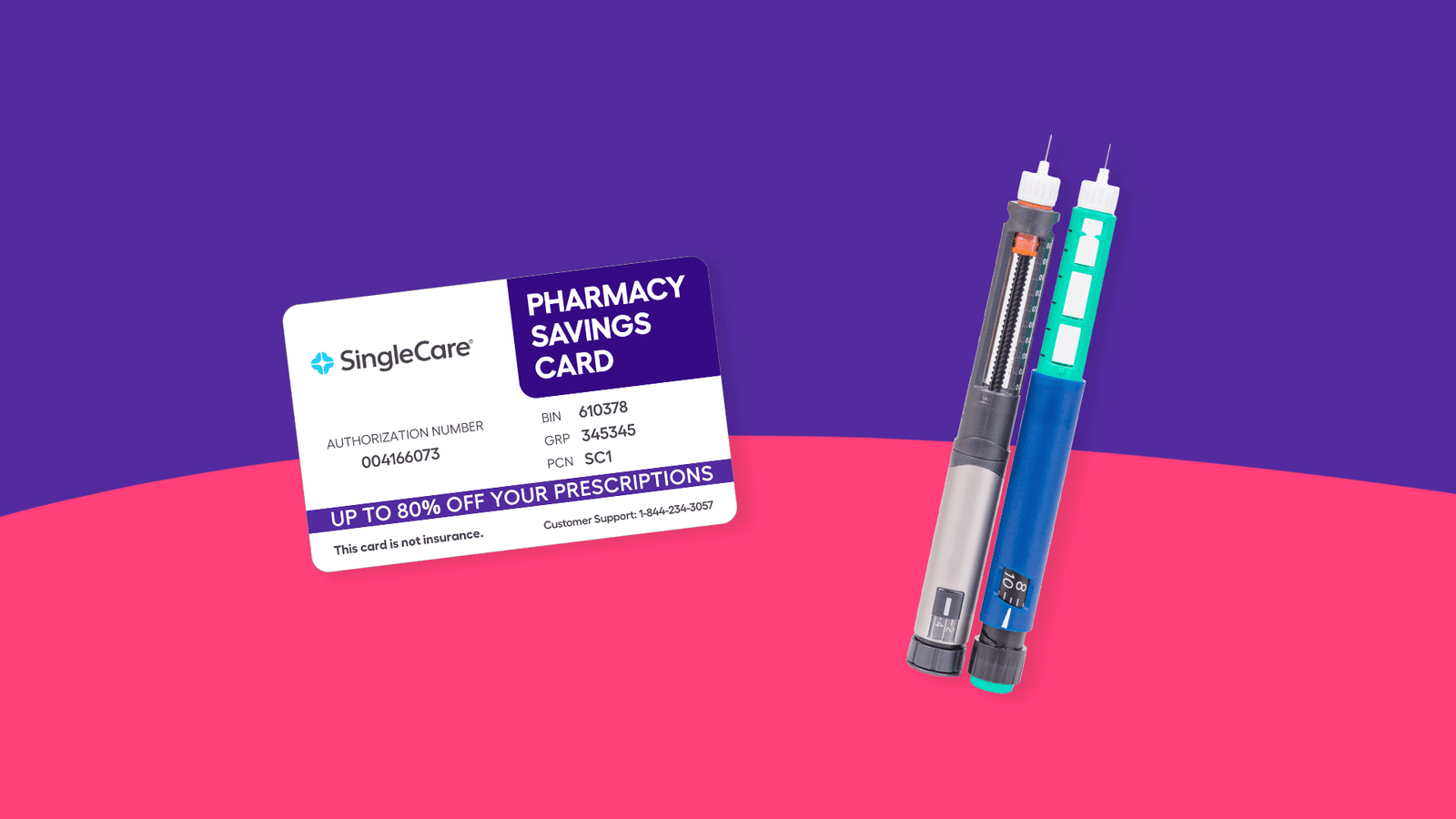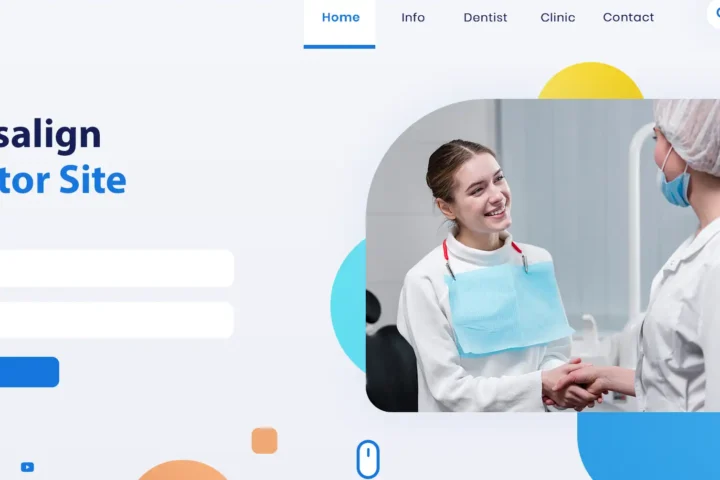In recent years, Ozempic has emerged as a significant player in the management of type 2 diabetes and, more recently, in weight management. Its efficacy in improving glycemic control and aiding in weight loss has garnered attention from patients and healthcare providers alike. This guide aims to demystify the process of obtaining Ozempic, from understanding its uses and benefits to navigating the healthcare system for a prescription and dealing with insurance.
Understanding Ozempic: Uses and Benefits
Ozempic, a brand name for the medication semaglutide, is an FDA-approved injectable prescription medicine that has shown promising results in the treatment of type 2 diabetes and as an aid in weight management. It works by mimicking a hormone that targets areas of the brain involved in appetite regulation, thereby reducing hunger and food intake. For those struggling with type 2 diabetes, Ozempic helps in managing blood sugar levels, often leading to significant health improvements.
The Efficacy of Ozempic
Clinical trials and patient testimonials have highlighted Ozempic’s role in promoting significant weight loss and improving blood sugar control. This dual benefit makes it an attractive option for individuals looking for effective diabetes management and for those aiming to lose weight as part of a broader health and wellness strategy.
Consultation: The First Step to Getting Ozempic
Before considering Ozempic, consulting with a healthcare provider is essential. This initial consultation will involve a thorough review of your medical history, current health status, and treatment goals.
Discussing Your Medical History and Goals
Be prepared to discuss your medical history, including any previous diabetes treatments, weight loss efforts, and any other health conditions you might have. Your healthcare provider will assess whether Ozempic is an appropriate treatment option based on this information and your specific health goals.
Understanding Potential Risks and Side Effects
Like any medication, Ozempic has potential side effects and risks. Common side effects include nausea, vomiting, diarrhea, stomach pain, and constipation. Your healthcare provider will discuss these potential side effects with you, weighing the benefits of Ozempic against any risks based on your individual health profile.
Navigating Insurance and Prescription Coverage
The cost of Ozempic can be a concern for many patients. Understanding your insurance coverage is a crucial step in the process of obtaining the medication.
Insurance Coverage for Ozempic
Coverage for Ozempic varies by insurance plan. Some plans may cover the medication fully or partially, while others may not cover it at all. Contact your insurance provider to understand your coverage details, including any deductibles or copayments that may apply.
Assistance Programs and Alternative Funding Options
For those without insurance coverage or facing high out-of-pocket costs, several assistance programs and alternative funding options may help. Novo Nordisk, the manufacturer of Ozempic, offers a savings card program for eligible patients, potentially reducing prescription costs. Additionally, patient assistance programs and nonprofit organizations may offer financial assistance to those who qualify.
The Prescription Process
Once you and your healthcare provider have decided that Ozempic is the right treatment option for you, the next step is obtaining a prescription.
Receiving Your Prescription
Your healthcare provider will write a prescription for Ozempic, which you can take to your pharmacy. In some cases, your healthcare provider may send the prescription directly to the pharmacy electronically.
Working With Your Pharmacy
Upon receiving your prescription, the pharmacy will process it according to your insurance coverage. If there are any issues with insurance approval or coverage, the pharmacy staff can work with you and your healthcare provider to address these challenges.
Starting Your Treatment: Tips for Success
Starting on Ozempic involves more than just taking the medication. Success with Ozempic often requires lifestyle changes and regular monitoring.
Incorporating Lifestyle Changes
For the best results, combine Ozempic treatment with a healthy diet and regular exercise. Your healthcare provider or a dietitian can help you develop a personalized plan that complements your Ozempic treatment.
Monitoring and Follow-Up
Regular follow-up appointments with your healthcare provider are important to monitor your progress, adjust dosages if necessary, and manage any side effects. These appointments are also an opportunity to discuss any concerns or questions that may arise during your treatment.
Conclusion: A Path to Better Health
Obtaining Ozempic is a process that involves careful consideration, consultation with healthcare professionals, and navigating the complexities of insurance coverage. For those who embark on this journey, Ozempic can offer a promising path to better managing type 2 diabetes and achieving weight loss goals. By understanding the steps involved in getting Ozempic and actively participating in your treatment plan, you can work towards improved health outcomes and a better quality of life.




